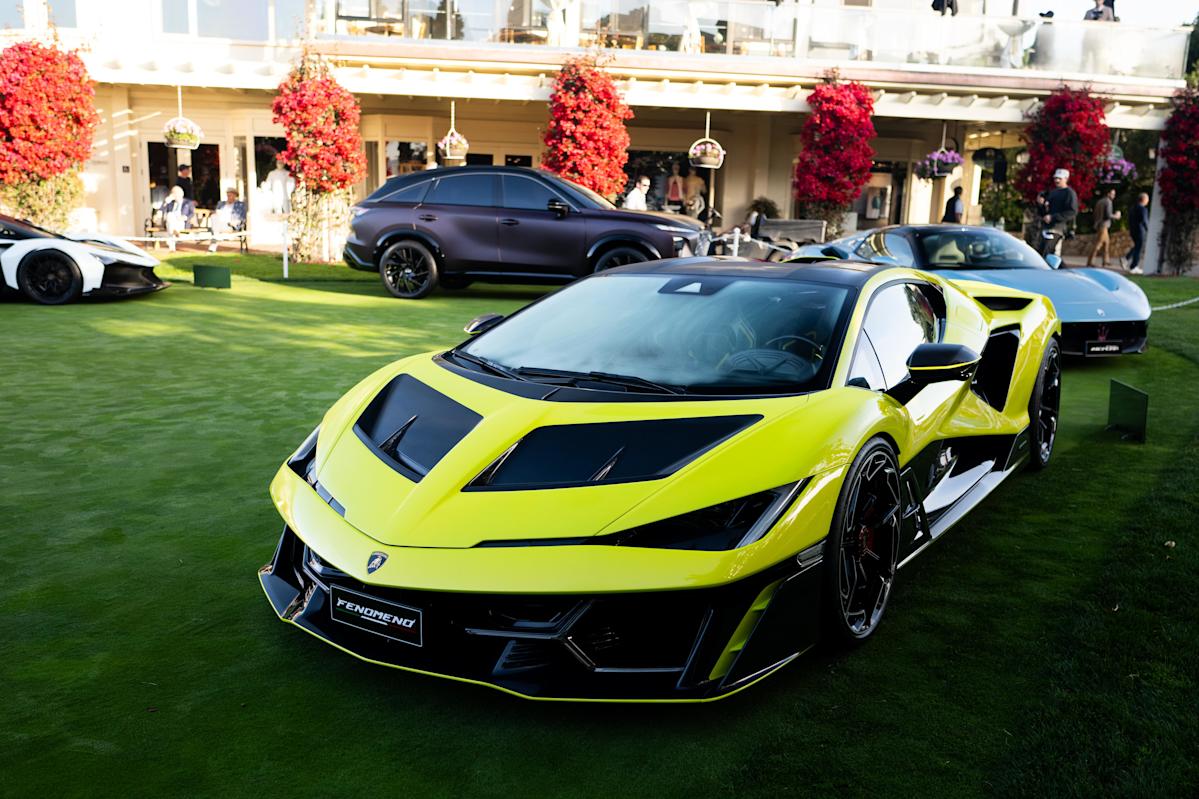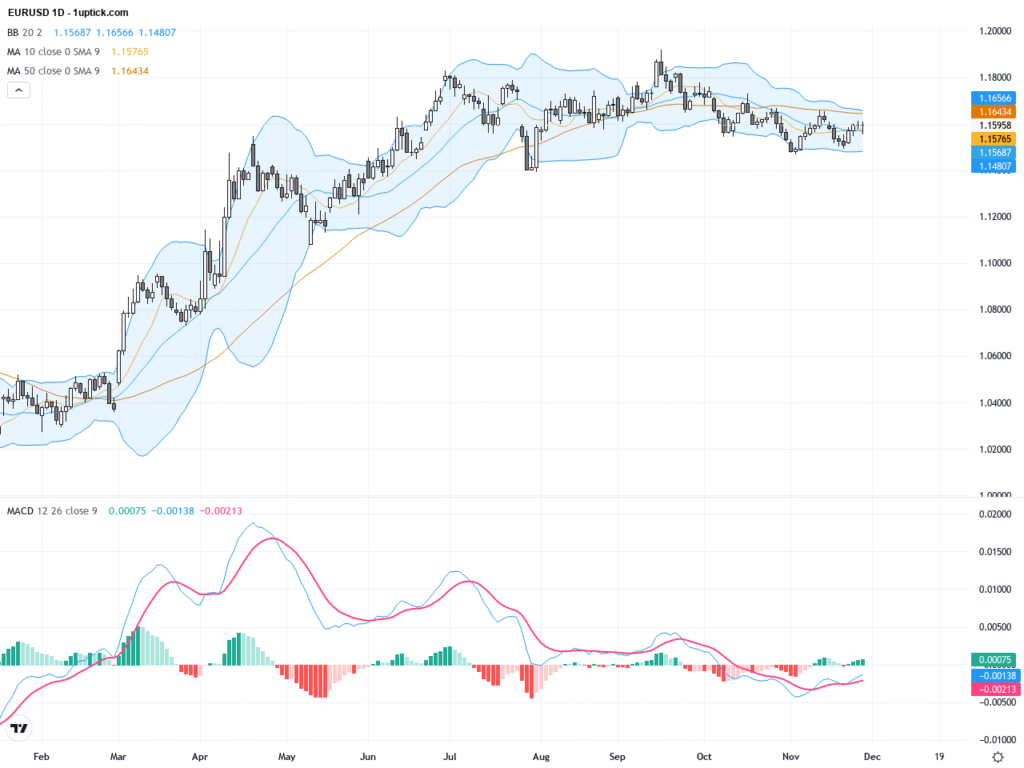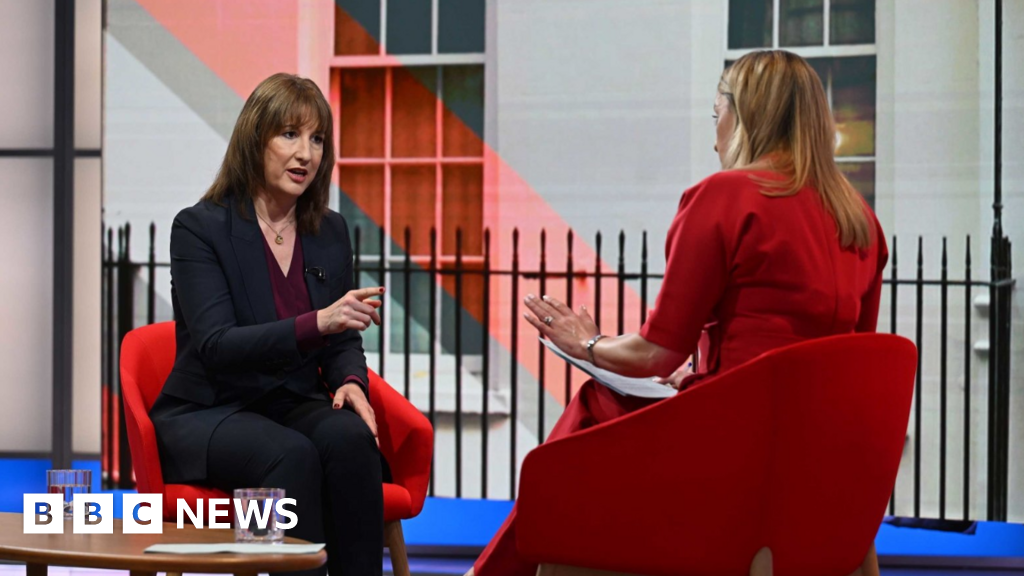 |
| Gold V.1.3.1 signal Telegram Channel (English) |

Luxury Automakers Confront Economic and Trade Challenges Impacting 2025 Growth and Profitability
2025-08-25 @ 00:00
Luxury Automakers Face New Economic Headwinds in 2025
The luxury automotive market, renowned for its resilience in downturns, finds itself navigating significant challenges in 2025. While consumer appetite for high-end vehicles remains notable, major players like BMW, Mercedes-Benz, Porsche, and Aston Martin are assessing the risks brought about by a shifting global economic landscape. Rather than being immune, even the world’s most prestigious brands are now contending with forces that threaten not only their growth trajectories, but also their profitability in key markets.
Tariffs and Trade Tensions Disrupt Strategy
One of the most prominent headwinds is the reintroduction of tariffs, particularly surrounding car imports between the United States, the European Union, and China. New U.S. tariffs, set at 15% despite partial reductions in some agreements, continue to serve as a significant barrier for European luxury brands. Manufacturers must also grapple with additional surcharges on essential materials like steel and aluminum, as well as retaliatory measures imposed by China.
Those most exposed to these trade dynamics are typically the brands heavily reliant on sales to China and the U.S.—the two most critical markets for luxury vehicles. Porsche, Mercedes-Benz, BMW, and Aston Martin, for example, have found the playing field less predictable, with cost increases and shifting competitor strategies impacting their bottom lines and future forecasts.
Profit Pressure and Regional Slowdowns
The market turbulence is visible in company earnings. BMW, for instance, reported a 32% drop in pre-tax profits in the second quarter of 2025, yet has opted to maintain its annual forecasts. The company’s notable industrial presence in the U.S. somewhat offsets the negative impact of new tariffs, but the softening demand out of Asia—particularly China—raises fresh challenges. Emerging market slowdowns and fluctuating foreign exchange rates further compound concerns for global profitability.
Aston Martin’s situation is emblematic of these pressures, reflecting both high fixed costs and muted demand. Recently, Aston Martin scaled back its delivery projections for the year by 1,000 units and conceded it would miss its targeted gross margin, all while reporting an operating loss in the latest financial quarter. McLaren, another ultra-exclusive marque, continues to struggle for profitability despite selling vehicles with average prices exceeding $300,000. Rolls-Royce, meanwhile, has initiated a push for greater revenues and higher average transaction values, leaning on its bespoke offerings and new electric models to make up for slower sales growth.
Changing Buyer Behavior and Market Sentiment
While buyers of ultra-luxury vehicles are less sensitive to economic shocks than mass-market consumers, they are not unaffected. High-net-worth individuals are facing portfolio volatility in 2025, leading some to delay or reconsider big-ticket purchases. Additionally, the persistence of high interest rates and uncertainty around tax policy has caused a shift in buyer psychology. In the past, would-be buyers expected vehicle prices and loan costs to drop over time; now, many feel a new urgency to act, fearing prices and rates may rise further.
This pivot has prompted some stabilization in sales, offering a buffer for dealers, but it has not eliminated risks for manufacturers dependent on late-cycle buyers. In key emerging markets, increased investment in electric vehicle infrastructure and manufacturing is creating growth opportunities—but also inviting new competition from both domestic and foreign brands.
Innovation and Adaptation as the Path Forward
Luxury automakers are responding by doubling down on flexibility, innovation, and adaptability. The shift to electric vehicles continues to drive new investment, as manufacturers race to launch all-electric flagships and expand bespoke options for discerning customers. Companies are also investing in software-defined vehicles, enhanced safety technologies, and digital ecosystems within their products, aiming to differentiate even further from mainstream competition.
Yet, looming regulatory and policy risks—particularly those related to international trade and tariffs—remain outside the industry’s direct control. Global vehicle sales are projected to expand only modestly, with rising costs and economic uncertainty tempering previous growth forecasts. Ultimately, luxury automakers must balance their legacy strengths in craftsmanship and brand with an evolving global economy that rewards efficiency, local innovation, and rapid adaptation.
The remainder of 2025 will test how well established luxury brands can navigate this landscape. While their reputation and loyal client bases give them unique advantages, even industry icons now find themselves needing to react quickly to an environment where external risks can upend the best-laid plans almost overnight. For investors and enthusiasts alike, the shake-up in the segment offers a revealing look at how luxury can sustain itself through economic trials—and where it must evolve to thrive in an increasingly complex world.








